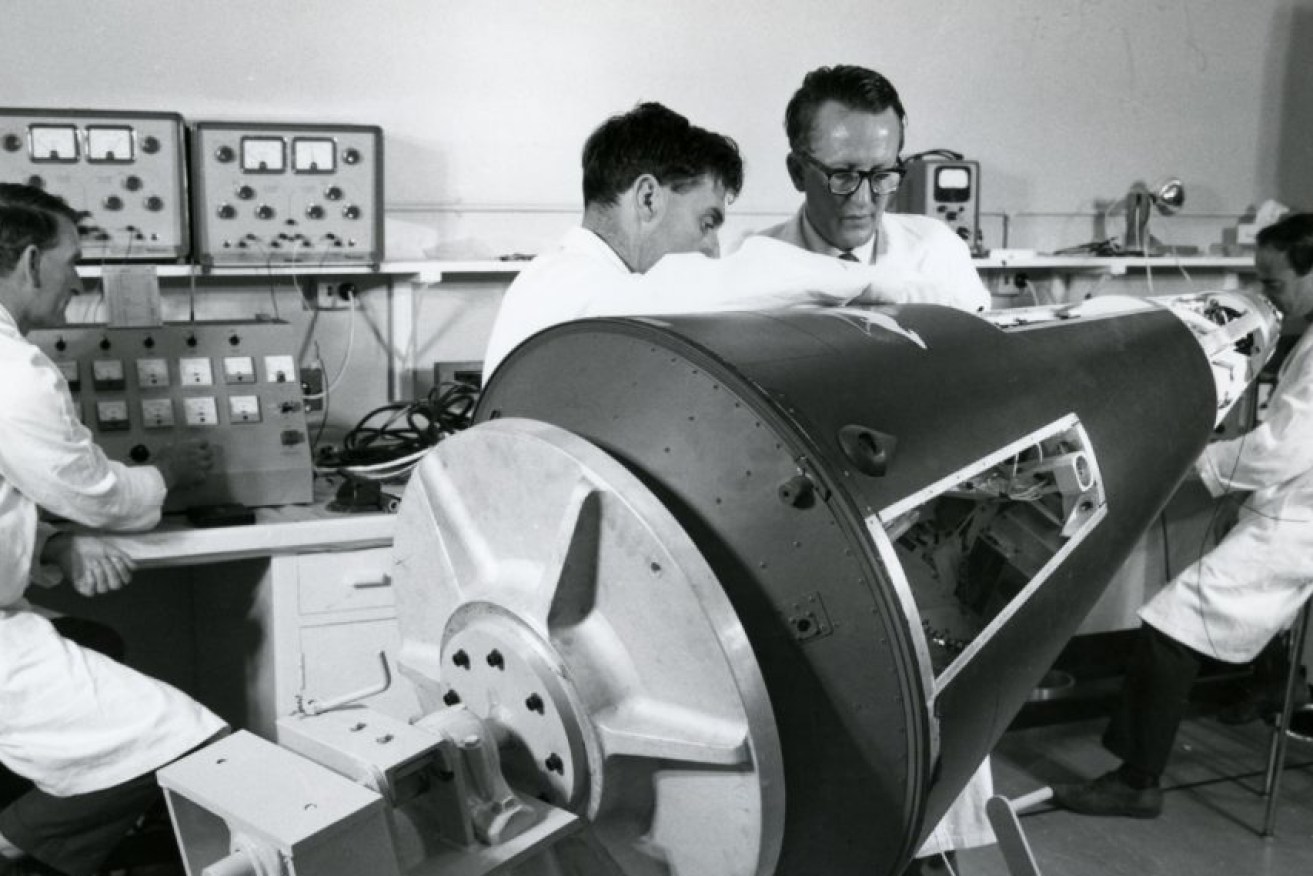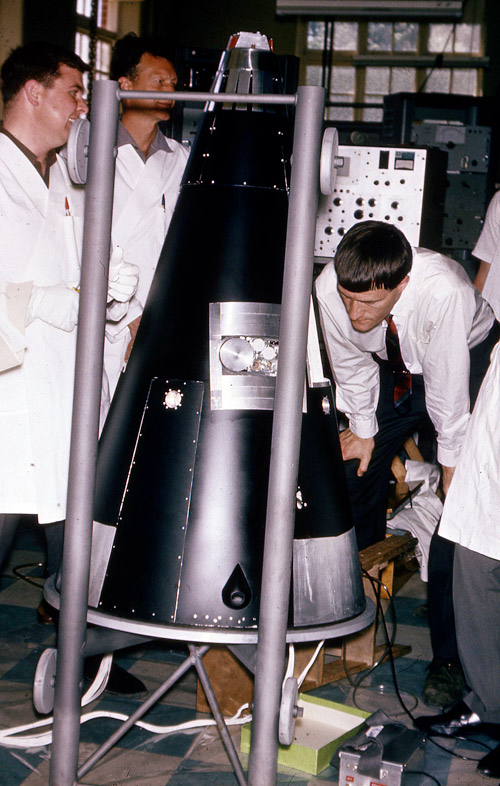50 years ago today: The ‘incredible feat’ to launch Australia’s space race
It was an opportunity too good to pass up but the clock was ticking.


Scientists work on Australia's first satellite, WRESAT, in 1967.
Today marks the 50th anniversary of the launch of Australia’s first satellite, WRESAT, which propelled Australia into the space race.
However, without the generosity of the United States and the quick work of scientists from the Salisbury-based Weapons Research Establishment (WRE) and the University of Adelaide, the project would have never left the ground.
WRESAT made Australia the seventh nation to put a satellite in space and just the third country to launch its own satellite from its own territory – with a little help from its friends.
It was launched from Woomera on November 29, 1967, at a time when the rocket test range was a global hub for space research and home to thousands of British, American and Australian military personnel and civilians.
The United States Defence Department brought 10 Redstone rockets to Woomera in the 1960s – nine for use in the SPARTA testing program and a spare.
The Redstone started life as an American intermediate-range ballistic missile but it had also been used as the basis for America’s first satellite launcher, Explorer One.
Respected Australian space historian Kerrie Dougherty said that by the time they realised the spare rocket would not be needed because the other nine all worked, Redstone had been superseded as an operational missile and the Americans weren’t particularly interested in taking it home with them.
“The suggestion came about – and it’s not entirely clear if it was the Australians or the Americans who voiced the idea – that if there was this spare Redstone why don’t the Americans give it to Australia to be used as a satellite launcher,” Dougherty said.
“A formal offer was made just before Christmas 1966 and the Americans also added that if Australia could develop its satellite before they went back to the United States at the end of 1967, they would do the launch program as the final part of the SPARTA program.
“That was something the Australians jumped at because it made the whole launch part of it a lot easier but it meant that WRESAT had to be designed, built, tested and ready for launch in 11 months so it was quite a significant achievement on Australia’s part even to get the satellite ready within that pretty short period of time.”
Because of the short time frame, the WRE and University of Adelaide decided to use the satellite to extend the upper atmosphere research it had been conducting with its sounding rockets from Woomera.
Weighing 45kg, WRESAT completed 642 orbits of Earth and transmitted scientific information for 73 of these to tracking and research stations around the world. It re-entered the earth’s atmosphere and was destroyed by the resultant high temperature on 10 January 1968 over the Atlantic Ocean west of Ireland.
“It sent back quite a bit of good data on the different characteristics of the upper atmosphere and it correlated really well with the data they were getting from the sounding rocket program,” Dougherty said.
 “None of it was earth-shattering but it provided a lot of good data that corresponded with the sounding rocket program and it added to the broader knowledge of the conditions of the upper atmosphere and the bottom end of space.
“None of it was earth-shattering but it provided a lot of good data that corresponded with the sounding rocket program and it added to the broader knowledge of the conditions of the upper atmosphere and the bottom end of space.
“It demonstrated Australia had the capability technically and scientifically for developing a working satellite.”
The WRESAT project was led by Bryan Rofe from the WRE and Professor John Henry Carver, who was Elder Professor and Head of Physics at the University of Adelaide.
Interim Vice-Chancellor at the University of Adelaide Professor Mike Brooks said the building and successful launch of WRESAT in such a limited timeframe was “an incredible feat”.
It has been a big year for the space industry in South Australia with Adelaide hosting the 68th International Astronautical Congress in September where it was announced that Australia would form its own space agency. It is also the 70th anniversary of the establishment of the Woomera test range and township, 500km north of Adelaide.
Earlier this year, a University of Adelaide-built satellite was launched by NASA from Cape Canaveral in Florida – one of three miniaturised ‘cubesats’ developed in Australia and the first Australian-built satellites launched in 15 years.
– The Lead




